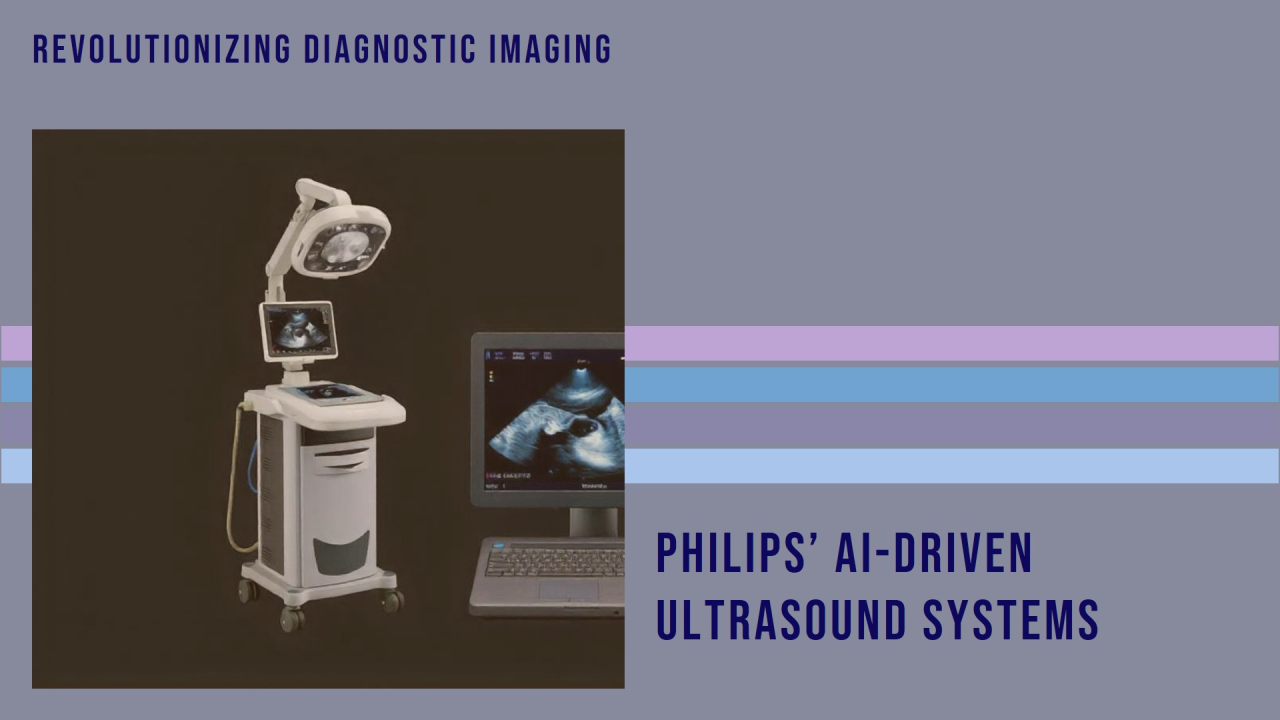What Are the Latest Advancements in Ultrasound Imaging for Obstetrics and Gynecology?
The use of ultrasound imaging in obstetrics and gynecology has seen significant advancements, particularly with the introduction of 3D and 4D ultrasound technologies. These innovations provide detailed, real-time imaging that allows for better visualization of fetal development and early detection of anomalies.
Canon Medical Systems and Fujifilm Holdings have been at the forefront of this innovation. Their advanced imaging systems offer high-resolution 3D and 4D images, enabling healthcare providers to deliver more accurate prenatal diagnoses. Additionally, Siemens Healthineers has developed ultrasound devices with Elastography, which can assess tissue stiffness—an important feature for early cancer detection in gynecological exams.
Key Innovation:
Canon Medical Systems’ Aplio i-series offers highly advanced microvascular imaging, which enhances the visibility of blood flow without the need for contrast agents, making it safer for pregnant women.
How Does AI Improve the Accuracy of Ultrasound Imaging?
The integration of Artificial Intelligence (AI) in ultrasound technology has revolutionized diagnostic imaging by improving the accuracy and efficiency of the imaging process. AI algorithms assist clinicians in identifying abnormalities faster, reducing human error, and enhancing the overall reliability of diagnostics.
Analogic Corporation and Philips Healthcare have made significant strides in AI-enhanced ultrasound systems. Philips' EPIQ Series, for example, uses AI to optimize image quality automatically based on the type of tissue being scanned, while Analogic's systems are equipped with AI-driven automated measurements, ensuring consistency in diagnostic results across different operators and clinics.
Key Innovation:
Philips' AI-powered Ultrasound not only improves diagnostic accuracy but also reduces scan time, making it a valuable tool in high-throughput environments like radiology and cardiology departments.
What Are the Benefits of 3D and 4D Ultrasound Technology in Modern Diagnostics?
The introduction of 3D and 4D ultrasound technology has brought a new dimension to diagnostic imaging, especially in areas like cardiology, obstetrics, and oncology. These technologies allow for real-time imaging, giving clinicians a more comprehensive view of internal structures and blood flow.
Hitachi Ltd. and Esaote Spa have led the market with systems that integrate real-time 4D imaging, improving both the diagnostic process and patient experience. These innovations are particularly beneficial in fetal imaging, tumor localization, and cardiac function assessment. With 4D imaging, doctors can visualize dynamic processes such as the beating heart or blood flow in ways that were previously impossible.
Key Innovation:
Hitachi’s Arietta Ultrasound Series offers an unparalleled combination of 4D imaging and Elastography capabilities, making it a powerful tool for both cardiac diagnostics and tumor evaluation.
How Do Leading Companies Address the Challenges of Ultrasound Imaging?
Despite these technological advancements, there are challenges associated with the widespread adoption of ultrasound devices, particularly in terms of cost and usability. High-end ultrasound devices can be expensive to procure and maintain, which can be a barrier for smaller clinics and hospitals. Additionally, the learning curve associated with using AI-enhanced and 4D imaging systems can be steep for healthcare providers.
However, companies like Shantou Institute of Ultrasonic Instruments Co. Ltd. and Esaote Spa are addressing these challenges by producing cost-effective ultrasound solutions that do not compromise on quality. Esaote’s MyLab™ series offers a balance between affordability and advanced functionality, making it accessible for smaller healthcare facilities.
Key Innovation:
Shantou Institute’s SIUI ultrasound systems are equipped with user-friendly interfaces and training modules to ensure that healthcare professionals can quickly adapt to the new technology, reducing the barriers to adoption.
What Does the Future Hold for Ultrasound Technology?
The future of ultrasound technology is likely to be shaped by even greater integration of AI, cloud-based analytics, and automation. Companies are already exploring ways to incorporate machine learning algorithms that will allow ultrasound devices to predict patient outcomes and recommend treatment paths based on diagnostic data.
Fujifilm Holdings and Siemens Healthineers are already developing solutions that combine AI diagnostics with cloud-based systems for remote consultation and data sharing. Telemedicine is expected to play a significant role in the future of ultrasound, with portable devices allowing real-time diagnostic support from specialists around the world.
Key Innovation:
Fujifilm’s Ultrasound Cloud Solutions enable healthcare providers to store, share, and analyze ultrasound data remotely, opening new possibilities for tele-ultrasound services in rural and underserved regions.
For more information visit at MarketResearchFuture
Other Trending Reports
America Pouchitis Treatment Market Size
Dietary Supplements in the age of Personalized Nutrition Market Size


